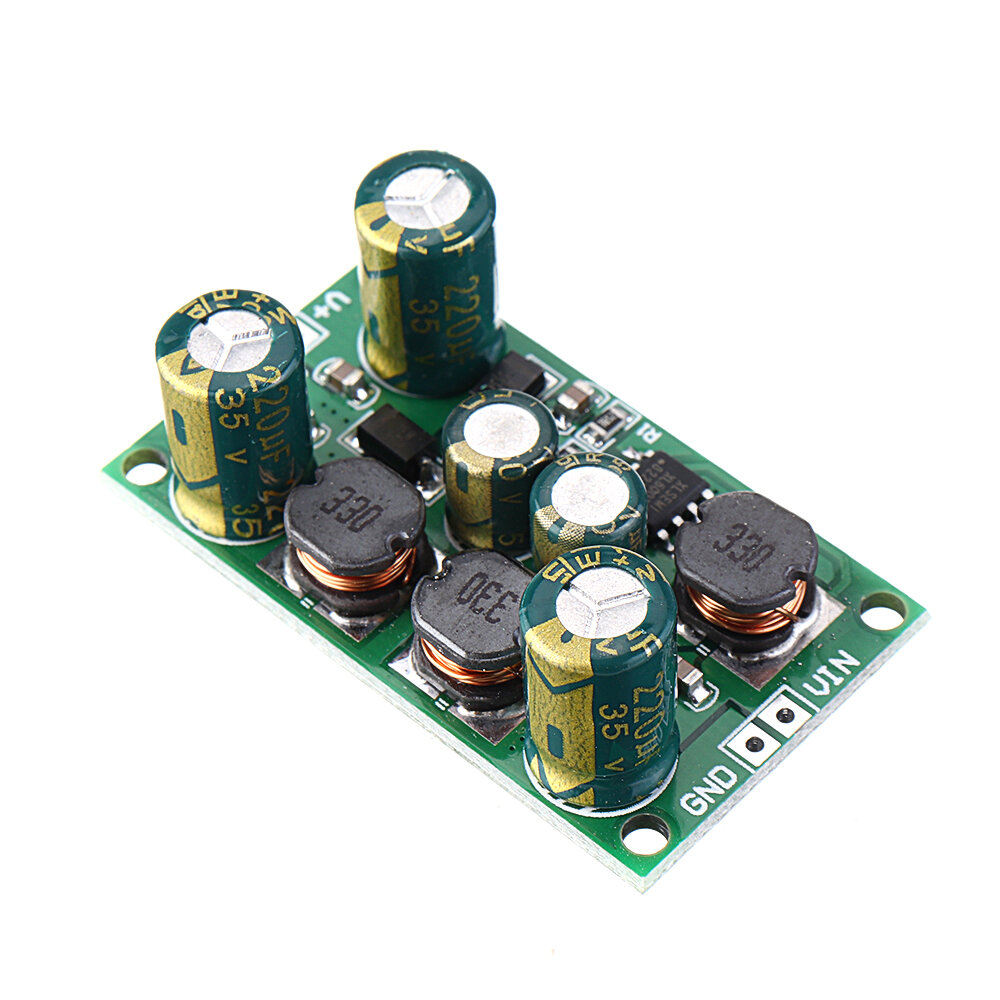

USB is pretty tolerant, even if your meter probe accidentally shorts out a pin as long as it only happens for a moment it should recoverĪre you trying to resuse the wire or the connector? Not sure if it's glue/sticker/soldering down there You can probe the usb pins safely with a meter, if you don't touch two pins with the same probe at once Perhaps the glue will crumble with a bit of force Like touch the mm probes directly to the black & red wiresīirkoff: if not for that glue you could just release the pins from the casing Is there any danger if i connect an exposed usb cable to its adapter and test in the multimeter Looks like some kind of specialized molex connector, but not sure Okay, thought you were talking about something completely different without looking at the pic - I should've looked at the pic :)Īnyone know what is the name of this connector ? I did some with my teeth and some with an xacto-like knifeīut in the end i just cut the required wires at the bottom and slid it out Smidge204 how do I test for continuity with the black wire ? doesnt it need no current running through it?īirkoff: That's all I can think of without coffee *goes off for some coffee.* Jsoft: Cheapest non-AVR micro with 32K ROM and 2K RAM :pīirkoff: Sorry, I wrote something completely different from what's in your pic :( I would try (but, your call.) nibbling the tape away by getting a box cutter blade under the tape and cutting 'up and away' from the wiring loom in small steps (assuming the tape adhesive is too strong) Is there a proper way to detach the wires from the end connector ? Flea86 So should not be hard to make work without arduino. I wrote a library for arduino so it can be used with C though Nah I mean I wont use C++ for this project. I think you'll find your c++ options very limited (if none at all) with pic Jsoft: Also, arduino uses a c++ toolchain. They have some really cheap (but fast/capable) 8052 and arm controllers But when I put it on the board proper I dont want to use an over priced 328. Im making something which is currently using an arduino.
Stm dmesh high voltage mosfet how to#
If the eMMC is parititioned and has an OS, u-boot will launch right into that.Any idea how to open the tape wrapping on the wires without damaging the wires? īirkoff: wirewrap wires become plastically deformed during the wirewrap process, so my answer would be no If a dongle with Armbian is present in one of the USB host slots, it should boot from the dongle.īooting from USB if an OS is present on the eMMC

You can use minicom on a host computer to watch the boot process and get a login screen With a clean board, it's necessary to start the board from a host computer using FEL mode. Once flashed, it's necessary to add the Recore device tree to the right folder.Ĭp sun50i-a64-recore.dtb /media/xxx/boot/dtb/allwinner/ Starting with Armbian Buster Server for Pine 64 (kernel 5.4) Xz -v -d -c Refactor-recore-v3.0. | dd of=/dev/mmcblk0Īfter that, make sure you flash the right u-boot version. Use dd to do a direct transfer of the image from the USB drive to eMMC. Get the latest ReFactor image from here: Īssuming you have managed to boot Recore from a USB flash drive and you have the ReFactor image available in the same folder, you can ReFactor Flashing ReFactor from a USB drive
Stm dmesh high voltage mosfet update#
If you want to update that, here are the steps: Recore should come pre-flashed with ReFactor image. This document is for Revision A3, please see Recore_A2 for the previous version.

5.3.3.3 On-board thermistor source impedance.5.3.3.1 Ethernet slow at appearing, limited to 100 MB/s.5.2.3 5V Buck converter ripple and noise.3.4.4 Giving right privileges for AR100 restart.3.2.1 Booting from USB if an OS is present on the eMMC.3.1.1 Flashing ReFactor from a USB drive.


 0 kommentar(er)
0 kommentar(er)
